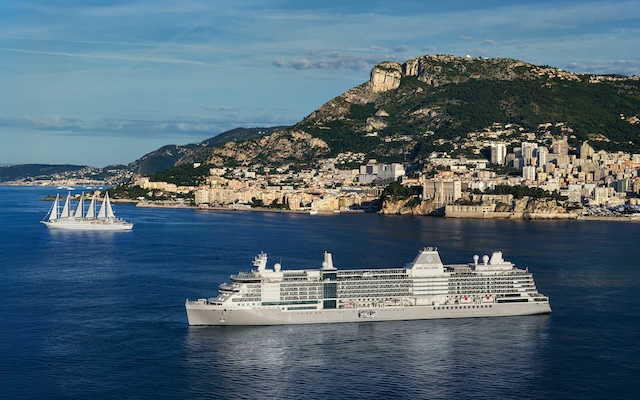With the recent climbing accidents, including a fatality and multiple falls along Mount Rinjani’s extreme Lake Segara Anak route, the Rinjani National Park Authority has temporarily closed the Pelawangan Sembalun–Segara Anak trail from July 18. All six routes on the mountain will be fully closed for 10 days from August 1 to allow for corrective measures.
The accidents include a Brazilian tourist who died on June 24, followed by injuries to a Malaysian hiker on June 29, a Swiss hiker on July 16, and a Dutch hiker on July 17.

In a statement, the Rinjani National Park Authority said a coordination meeting led by the Coordinating Ministry for Political and Security Affairs and the Ministry of Forestry on July 22 decided on the temporary closure of all Mount Rinjani trails to strengthen safety protocols.
Ahmad Nur Aulia, head of the West Nusa Tenggara Tourism Office, said new standard operating procedures (SOPs) would be set during the 10-day closure and implemented from August 11.
Travellers who have purchased climbing tickets will be allowed to reschedule their bookings.
Tourism industry leaders have expressed mixed reactions to the closure. Dewantoro Umbu Joka, chairman of the ASITA West Nusa Tenggara Chapter, acknowledged that Rinjani’s trails have always carried risks, and while the recent incidents gained viral attention, countless safe climbs often go unnoticed.
While it offers an opportunity to address shortcomings, the immediate impact on porters’ incomes is a significant concern, necessitating alternative solutions.
Vicky Gosal, founder of Karash Adventure Indonesia, said the local communities, especially porters, depend on daily wages from Rinjani, particularly during the peak climbing season of July and August. He stressed the need for solutions that allow the community living around the foothill to continue earning income and prevent tourist disappointment.
“All mountains (have the elements of) danger. Mountain climbing is challenging, but the fact that hundreds to thousands of people pass through every day (proves that) they are actually safe,” he said.
Vicky said existing SOPs from the National Park and tour operators are already designed to prevent emergencies and ensure climber safety and comfort. However, he questioned the implementation and monitoring of these SOPs, including trail maintenance, signage, and operator compliance.
Sahlan M Saleh, head of the West Nusa Tenggara Regional Tourism Promotion Board, however, stated existing SOPs needed further improvements to make them more responsive to critical situations. He remarked: “Mount Rinjani is not for beginners due to its high difficulty and risk.”
He said discussions were ongoing with the central government, the Mount Rinjani Conservation Centre, and the National Search and Rescue Agency to establish new, stricter requirements for climbers, ensuring all individuals meet certain standards before ascending. This includes educating the market about SOPs, the importance of insurance, and the necessity of thorough preparation.
Vicky emphasised the need for routine risk mitigation and consistent monitoring of SOP implementation by management. He also highlighted the disparity between certified mountain guides, who follow strict ethical standards and possess advanced competencies, and uncertified individuals who may lead hikes after only a few personal climbs.
Dewantoro suggested practical measures such as improving trail conditions, deploying officers at key guard posts, and enforcing limits on guide-to-climber ratios during open trips. This, he said, would ensure that if a climber falls ill, one guide can stay behind while the others continue safely.
Despite the incidents that recently went viral, industry players noted that demand for travel to Lombok has seen minimal impact.



















